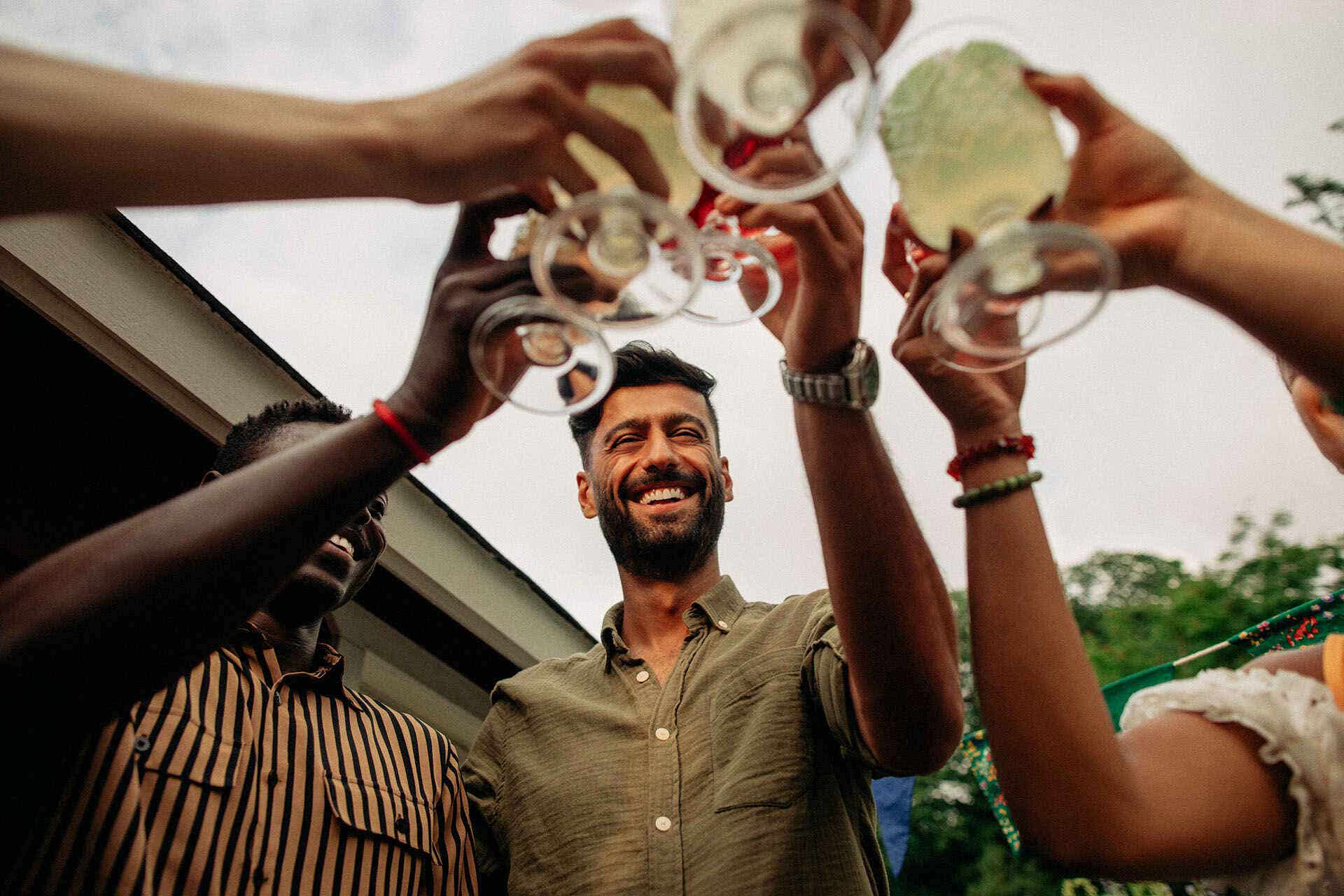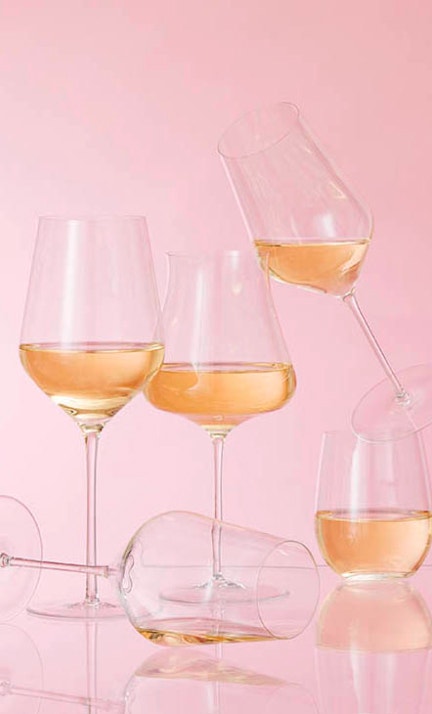
How to Drink Like a Scandinavian
It is been just about 10 yrs given that I to start with ambled throughout Copenhagen’s charming cobblestone streets in lookup of the original Mikkeller bar and other lesser-identified microbrews. Given that then, my stops in the Danish capital have developed in frequency and size, and my ventures have taken me further into the depths of Scandinavia, with me always mastering from additional experienced peers.
In that time, modern-day Scandinavian lifestyle has continued to entice individuals from throughout the globe. From mid-century style aficionados to vogue fans and, most just lately, foodies, the impact and affect of the simplicity and functionality born from Scandinavian creativity grew an viewers of readers.
Now, Scandinavia finds by itself influencing the drinks world, far too. Fail to remember images of Viking hordes skolling mead just after a bloody raid. Contemporary Scandinavian ingesting culture is based on constructing community. Inquire close to about how to drink like a Scandinavian, and you’ll come across that from Oslo to Jutland and beyond, the lifestyle prides itself on socializing and area components, together with the style of cozy convenience often connected with the Danish word “hygge.” Below, we take a look at what it actually suggests to drink like a Scandinavian so you’re prepared when you finally e-book that journey.

Start with Skål
There are several toasting traditions about the earth, and Scandinavia is no distinctive.
“In Denmark, Sweden and Norway we have many text in widespread, both equally in spelling and in pronunciation,” explains Alex Munch, co-founder of Danish whisky distillery Stauning in Skjern, Denmark. “Skål is just one of them and is our phrase for cheers.”
He describes that skål is supposedly derived from the word for a sort of bowl and goes back again to the time of the Vikings. “They fill it with drinks and let all drink from it so they can have their have skål,” Munch states. “Originally the toast belonged to the pagan festivals where the Vikings sacrificed their livestock to the Nordic gods.”
He carries on, “At [modern] functions, it is prevalent to suggest a toast. For the just married couple, for the birthday boy or birthday girl or just for a content life. The skål is really inclusive, leaving no person powering because—in drinking—we are all equivalent.”
There is a quite certain way to skål with your drinking partners when sipping in Scandinavia: “The ritual of skål-ing where a person raises a glass of akvavit with panache, appear[s] intently at their ingesting companion, down[s] the glass and return[s] to eye make contact with is just about its individual manner of communication, expressing a lot of items with no uttering a term,” says Lars Williams, co-founder, CEO, chef and distiller of Danish-American flavor company Empirical.
Consume with Group
It is exceptional you are going to locate a Scandinavian sitting at a bar solo. Team outings are the way of life and sharing your glass with these you appreciate is vital to the Nordic practical experience.
“The key word in ingesting like a Scandinavian is local community,” states Munch. “We adore to consume with each other with our households, close friends or colleagues and we glance forward to it for quite a few days, not to say weeks.”
And this want to pour a beverage with your local community extends into all social retailers, too. “Companies manage Friday bars for their workers to unwind at the conclude of the week,” describes Williams.
Paul Aguilar, head of flavor investigate and growth at Oslo’s Himkok adds, “overall, drinking like a Scandinavian indicates making the most of a consume in a social placing.”
Embrace Specified Drinking Days
In American culture, weekends tend to be key drinking time, but Scandinavian imbibers really don’t limit on their own to Friday and Saturday evenings. A further excellent Danish term is lille fredag, which translates to “little Friday.” This refers to “Thursdays that really feel like a Friday, and when it is consequently considered suitable to have a few beverages with no guilt,” explains Williams.
On top of that, the European region even has selected days to celebrate jointly with beers in hand. “One of the most significant dates on the Danish calendar, J-Dag, is the working day celebrating the yearly start of the Christmas beer,” states Williams. “The whole nation gets giddy, dressed up and celebrates in the bars and streets.”

Cozy up with Hygge Spaces
At the region’s top rated watering holes, it’s obvious that creating homey, welcoming areas friends want to return to once more and all over again is a priority. There’s a “focus on producing a at ease and inviting environment devoid of litter or unnecessary gildings,” says Aguilar.
Bars usually concentrate on the use of pure components this sort of as wooden, stone and leather-based to aid build a heat and inviting vibe that feels linked to the bordering natural environment. This follows the Danish concept of hygge “that about translates to ‘coziness’ or ‘comfort,’” explains Aguilar. “This can be accomplished by the use of warm lights, cozy seating and organic factors like plants or artwork.”
Copenhagen-primarily based bar Ruby executes this principle flawlessly.“Ruby is established in an outdated apartment and as these kinds of, it has to have an factor of coziness,” Normal Supervisor Michael Hajiyianni explains“The essential to the design is possessing no undesirable seats, just about every table has something to seem at no matter if that be a cabinet, art or home furnishings.”
Order Like a Scandinavian
At the time you have the appropriate place, a group to celebrate with and the good skål down, it is time to order like a community.
The Scandinavian culinary and drinks earth focuses on sustainability and nearby elements. A lot of bars build associations with community farmers, foragers and producers, which offer them with contemporary, significant-top quality substances that are unique to the region. Hajiyianni adds that you ought to attempt “Scandinavian spirits and develop as significantly as achievable. There are now numerous excellent producers of several diverse spirits and aromatized wines.”
Aguilar notes that his bar also sources spirits and liqueurs from nearby distilleries and breweries to help the local financial state and reduce its over-all environmental impact. When deciding upon substances, he prioritizes local and refreshing generate, as nicely as foraged elements like berries and herbs that are considerable in the Norwegian countryside (imagine dill, parsley, tarragon, horseradish, elderflower and much more).
A very similar method can be discovered at Ruby. “When it will come to our menu, we work largely with neighborhood farms and we have a forager who sources substances for us,” Hajiyianni states. “We consider not to use far too much citrus juice from outside the house of Denmark. Instead, we like to use apple and sea buckthorn juice. We also make fruit vinegars, utilizing fruit when it is at its peak and extending the shelf lifetime. We enjoy working with whey, which is the by-solution of yogurt manufacturing. It provides a lactic acidity to a consume and is excellent for sours.”
When it will come to brands, alternatives like Danish whiskey producer Stauning highlight area substances. All ingredients utilised for its products, except yeast, are nearby or come from other locations in Jutland.
“Water arrives from the nearby drinking water plant and when it is probable we reuse the water,” says Munch. “All our grains are coming from two neighborhood farms and for our smoked whisky we use heather and peat from Jutland—the peninsula wherever we are located. Final 12 months we put up solar cells to make renewable electricity.”
In addition to Stauning, Hajiyianni likes to characteristic Empirical and numerous fruit wines from Cold Hand Winery on Ruby’s cabinets and in its cocktails.
Last note
Far more important than any merchandise on this record? Staying form to your ingesting partners, which is the most Scandinavian trait of all. Remember, “Drinking like a Scandinavian is currently being jointly and sharing,” reminds Munch. “We’d alternatively pour the last drops in the bottle to other individuals than consume them ourselves.”


